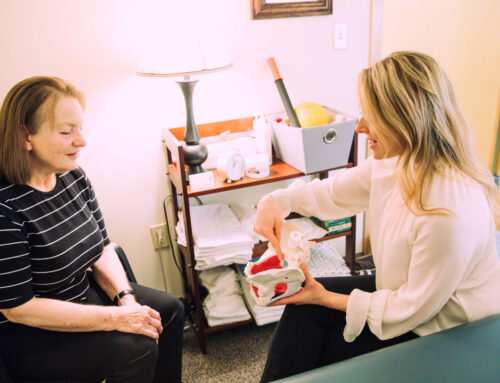Low Adherence to Home Exercise Programs Hurts PT Outcomes
Physical therapists commonly give their patients a home exercise program. What’s not common is the patient actually doing it. Even though compliance with a home exercise program has been shown to significantly increase the chance of meeting goals, it’s estimated that only half of people do their exercises the way that they’re supposed to. What gets in the way?
Barriers to exercise
Many of the barriers to PT exercises are the same as barriers to general exercise. These include lack of time, busy work schedules, forgetting, lack of space, lack of equipment, etc. These can be overcome with some forethought and planning, but they regularly stop patients from completing home exercise programs.
Pain and beliefs
If exercises cause pain, people don’t want to do them. Sometimes people are afraid to report pain from exercise to their PT. Or they think that they’re supposed to hurt. Instead of working with their PT to address the pain, they just stop doing the exercises.
Another thing that gets in the way is people’s beliefs. If they don’t understand why their PT prescribed certain exercises, or what they’re meant to do, the exercises can seem like a waste of time. When that’s the case, again, people stop doing them.
Lack of support
Social support is shown to significantly improve adherence to exercise. This is why CrossFit and group exercise classes work. People who have a family member, friend, or PT who check in on their exercises are more consistent. Being accountable to someone other than yourself can be a big motivator.
Patients not doing their home exercises is a big problem in physical therapy. Understanding the issues we just discussed can help PTs and patients improve compliance. There are other strategies that PTs are using to help improve compliance as well. Some ideas are simplifying programs with fewer exercises, making it easier for patients to follow through. Technology is another potential solution with apps and activity trackers helping to improve support and accountability. The good news is that therapists are aware of this problem and are working on ways to make it better.
About The Private Practice Section of the American Physical Therapy Association
Founded in 1956, the Private Practice Section of the American Physical Therapy Association champions the success of physical therapist-owned businesses. Our members are leaders and innovators in the healthcare system. The American Physical Therapy Association (APTA) represents more than 85,000 physical therapists, physical therapist assistants and students of physical therapy nationwide. For more information, please visit ppsapta.org.







